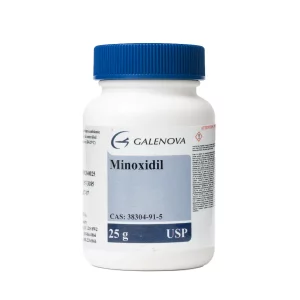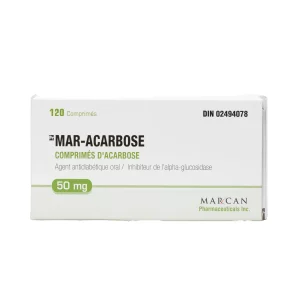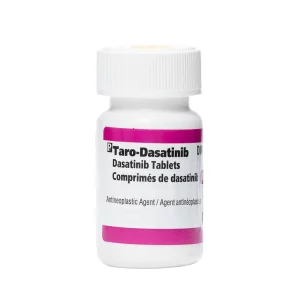Your cart is empty.
Your cart is empty.
Navigating the world of hair loss treatments can feel overwhelming. This guide offers a clear comparison of two popular and effective options: minoxidil and finasteride. Understanding how each works, who they are best suited for, and what to expect can empower you to make informed decisions aligned with your long-term hair health goals. We’ll also touch upon emerging comparisons like Redensyl vs. Minoxidil and briefly address the use of minoxidil for scar treatment, although its primary application remains hair regrowth.

Hair growth is a cyclical process with growth, transition, and rest phases. Common causes of hair thinning disrupt this cycle, reducing hair density and causing noticeable recession. Both male-pattern baldness (androgenetic alopecia) and female-pattern baldness are primarily influenced by genetics and hormones.
In men, dihydrotestosterone (DHT), a derivative of testosterone, plays a significant role in shrinking hair follicles. While the hormonal influence in female pattern baldness is more complex, it also contributes to hair thinning. For those focused on longevity, recognizing that hair health is a long-term endeavor requiring consistent and strategic approaches is crucial.
Finasteride is an oral medication primarily known as a DHT blocker. It works by inhibiting the enzyme 5-alpha reductase, which converts testosterone into DHT. By reducing DHT levels in the scalp, finasteride helps to slow down or even halt hormone-related hair loss and, in some cases, promote regrowth by allowing hair follicles to recover. Finasteride is typically prescribed for men experiencing progressive pattern baldness.
When considering treatment options, it’s helpful to compare them: while topical finasteride and minoxidil both offer targeted application, finasteride’s mechanism is systemic (even in topical formulations, some absorption occurs) and addresses the hormonal root cause, whereas minoxidil works directly on the hair follicle.

| Feature | Minoxidil | Finasteride |
| Mechanism of Action | Vasodilator stimulates hair follicle activity | DHT blocker; reduces hormonal impact on follicles |
| Method of Application | Topical solution or foam, sometimes oral | Oral tablet, topical solution (emerging) |
| Onset of Visible Results | Potentially within 3 months | Typically 6 months or longer |
| Ideal Candidates | Men and women with various hair loss types | Primarily, men with progressive pattern baldness |
| Commitment Required | Continuous, long-term application | Consistent daily oral intake, long-term |
| Combined Use | Often used together for enhanced results | Synergistic effects under medical guidance |
| Longevity Focus | Supports follicle health for ongoing growth | Addresses hormonal factors for long-term retention |
Many individuals find that using minoxidil and finasteride as part of their hair health routine yields the most significant improvements. Minoxidil can stimulate blood flow and encourage regrowth, while finasteride tackles the underlying hormonal cause of hair loss. When used consistently, both treatments can be integrated into longevity-focused wellness routines, contributing to overall well-being and confidence.
Choosing between or combining minoxidil and finasteride should be based on individual lifestyle, hair loss pattern, and long-term goals. Consistency is paramount for both treatments to be effective. Incorporating scalp hygiene practices, such as regular washing and gentle massage, can further support a healthy scalp environment. Additionally, ensuring a diet rich in essential nutrients can provide the building blocks for healthy hair growth. Building sustainable habits for finasteride and minoxidil use by incorporating them into a minimalist daily self-care approach (like applying minoxidil after brushing teeth or taking finasteride with breakfast) increases adherence and promotes sustainable outcomes.
While Redensyl vs. Minoxidil is a topic of interest, with Redensyl being a newer, plant-based alternative, minoxidil and finasteride have a longer track record and more extensive research. It’s also worth noting that Minoxidil for scar treatment is an off-label use and primarily aimed at improving blood flow to the scarred area, not necessarily hair regrowth within the scar tissue itself.

Yes, many users find better results by combining both under professional guidance.
Minoxidil may show early regrowth within 3 months, while finasteride may subtly slow loss over 6 months.
Topical versions may reduce systemic exposure, but research is still emerging.
It may be considered for advanced cases or under medical advice when topical results plateau.
Long-term use is generally required to maintain results, with consistency being key.


Minoxidil 25mg - Oral vasodilator for blood pressure management. Cardiovascular foundation support, pharmaceutical-grade standards, expert monitoring required.

Acarbose 50mg 120 Tablets - Gentle introduction to glucose control. Three-times daily with meals, precision-formulated tablet strength.

Dasatinib 20mg 60 Tablets - Flexible pediatric-strength dosing option. USP standards compliance, anytime administration, gradual increase capability.
Unlock savings on bundles and elevate your online experience today!